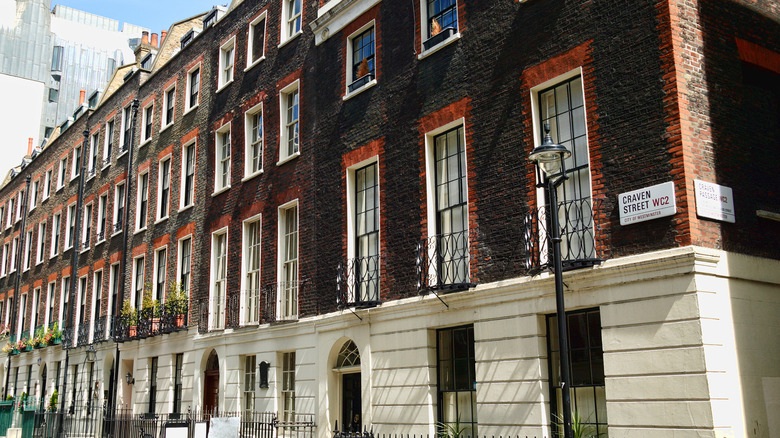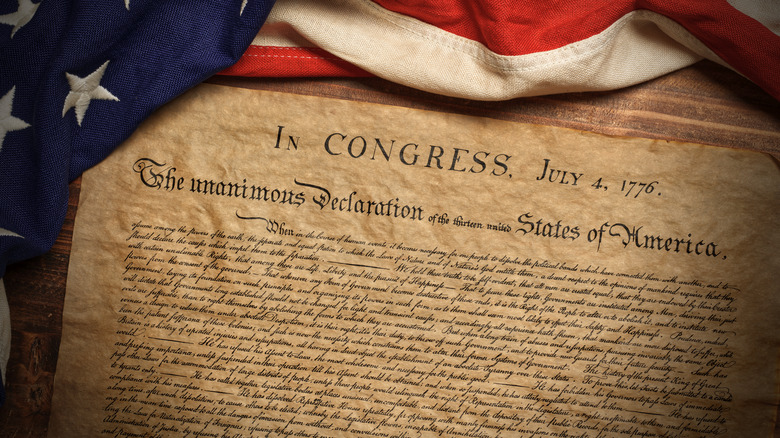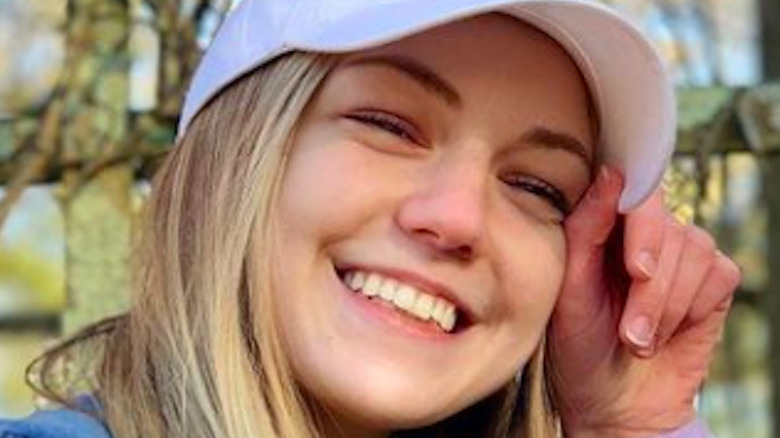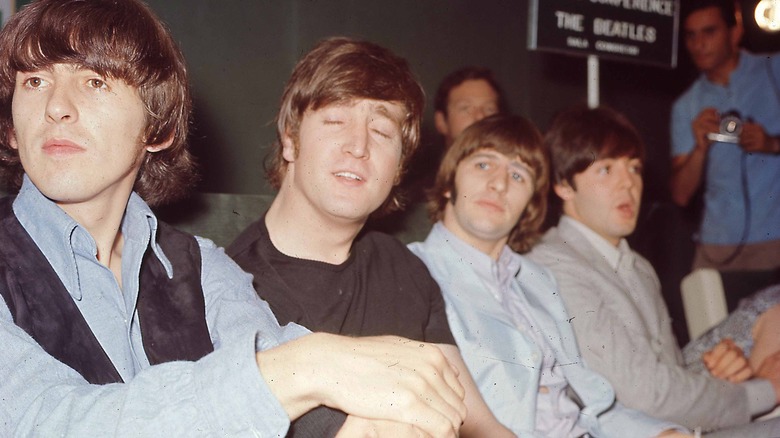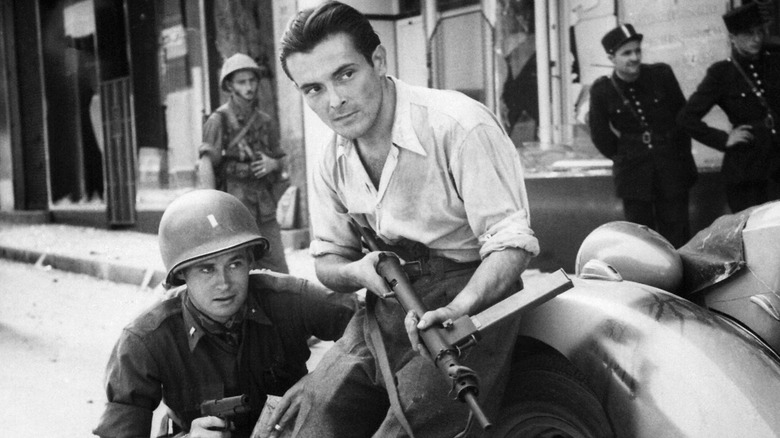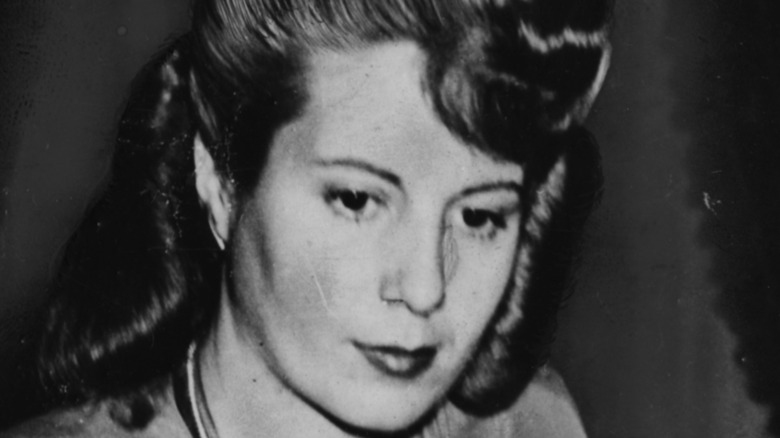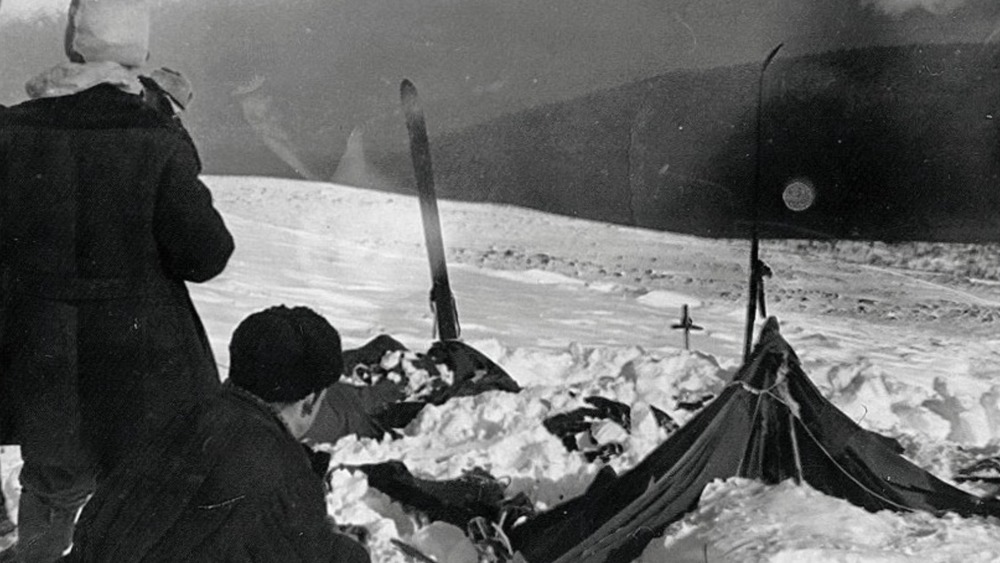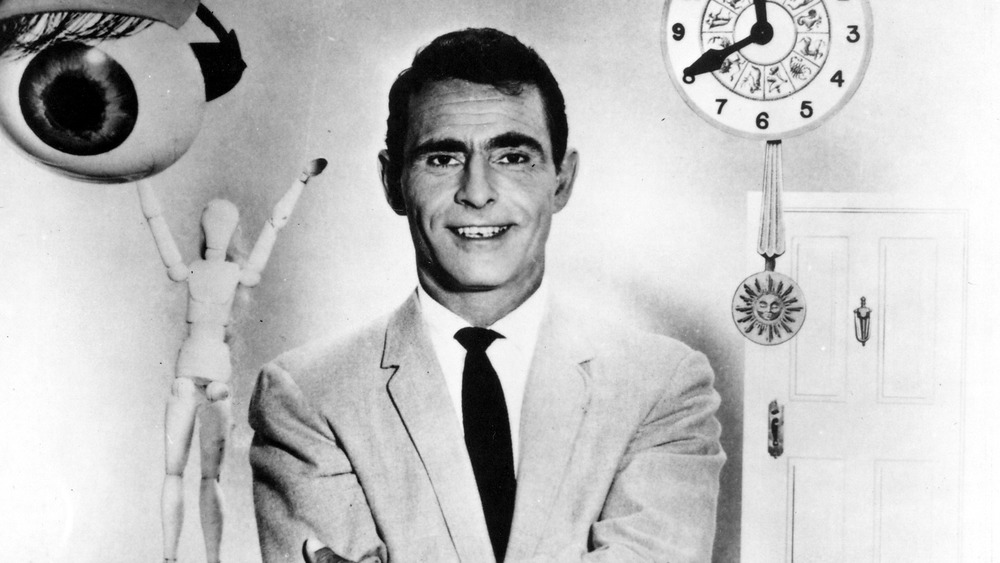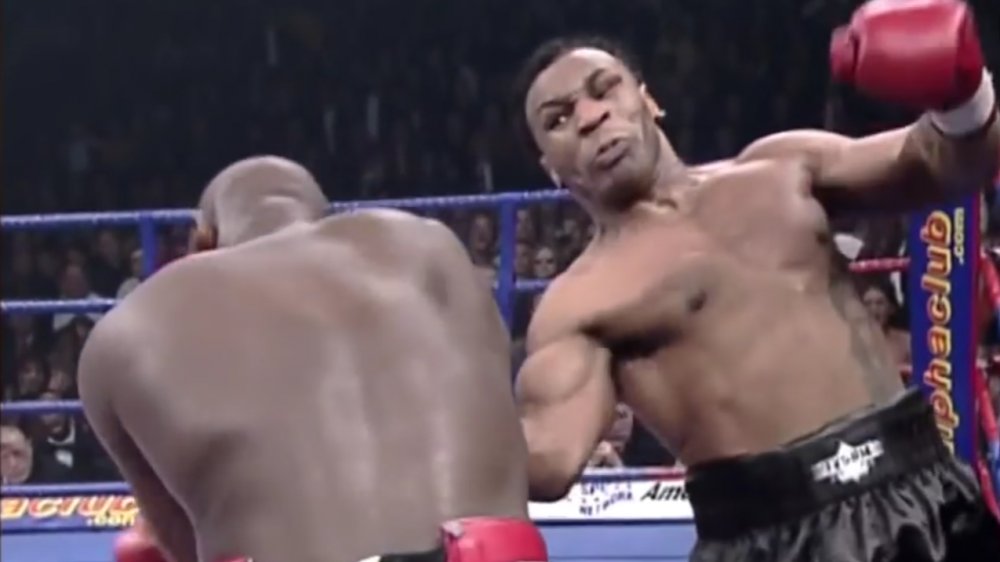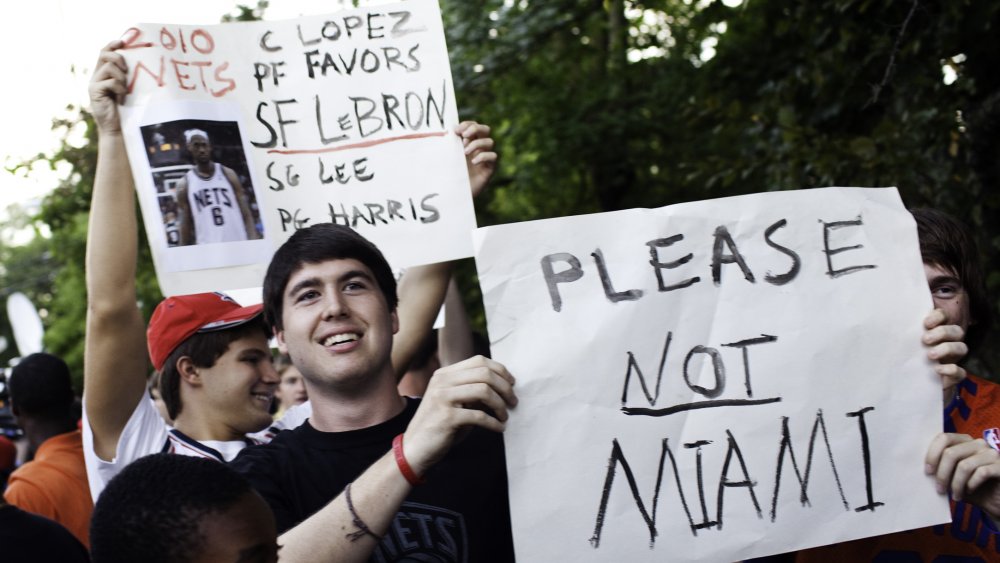
The Creepy Truth About The Bones Found In Benjamin Franklin’s Home
During his life, Benjamin Franklin was many things: a founding father, inventor, Freemason, scientist, diplomat, and more (via Biography). Although an American figure, Franklin lived in London for nearly two decades in a house at 36 Craven Street (via Smithsonian Magazine). In 1776, Franklin returned to America.
Some 200 years later, it was decided that the four-story Georgian home would be turned into a museum (via Mental Floss). Repairs had begun on the basement when a secret windowless room was discovered. It was here that the bones of 15 people were found. When examinations uncovered that the bones were 200 years old, this raised the question: Was Franklin also a serial killer? The bones would have been buried at the same time he lived in the house. The truth is fortunately not as macabre as you might suspect.
William Hewson was a medical student and Franklin’s friend. Most importantly, Hewson had a connection to the home: His mother-in-law was the landlady. At one point in time, Hewson had been a student of famed anatomist William Hunter. When they had a falling out, Hewson continued his studies on his own and the home at 36 Craven Street became his lab.
It was medical, not murder
According to Culture Trip, the dissection of bodies was illegal in the 1700s. Hewson, however, was eager to experiment, and so he turned to grave robbing to supply himself with cadavers (via Mental Floss). Hewson and others would either dig up the bodies themselves, or pay resurrectionists — professional grave robbers or body snatchers — a not uncommon practice at the time.
Historians later discovered that the bones found in the basement had cuts that matched those made by medical instruments, further supporting this theory. Moreover, the home was located mere blocks away from a wharf. Thus, bodies could be smuggled off ships or delivered to the wharf in the dead of night without arousing suspicion. At the other end of the street was a gallows, for executing criminals. Instead of risking getting caught and getting charged by disposing the remains, Hewson buried them in the house.
It’s unclear how involved Franklin was in this operation. According to Smithsonian Magazine, he was probably aware of what was happening, but did not participate. Of course, there’s also the possibility that Franklin, the face on the $100 bill, knew nothing. Whatever the case, Hewson was only 35 when he unfortunately died of an infection resulting from cutting himself while dissecting a body (via Medical History Tour).

The Real Reason Leonardo Da Vinci Disappeared For Two Years
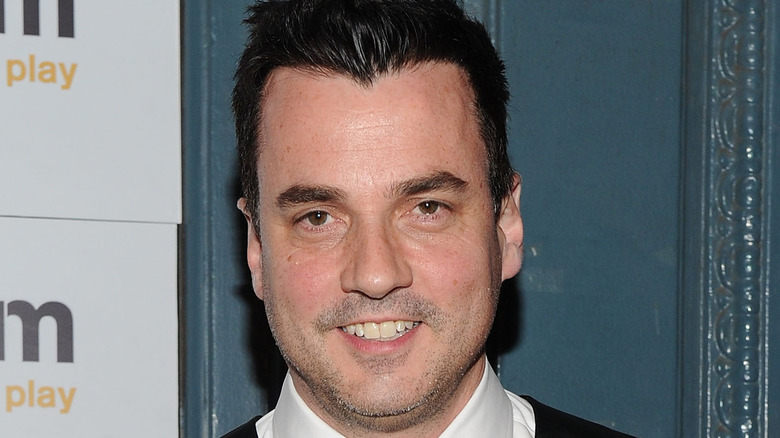
The Tragic Death Of One-Hit Wonder Tommy Page

Why Pastor James Coyle Was Murdered Over A Wedding

The Jesus Christ Theory That Would Change Everything
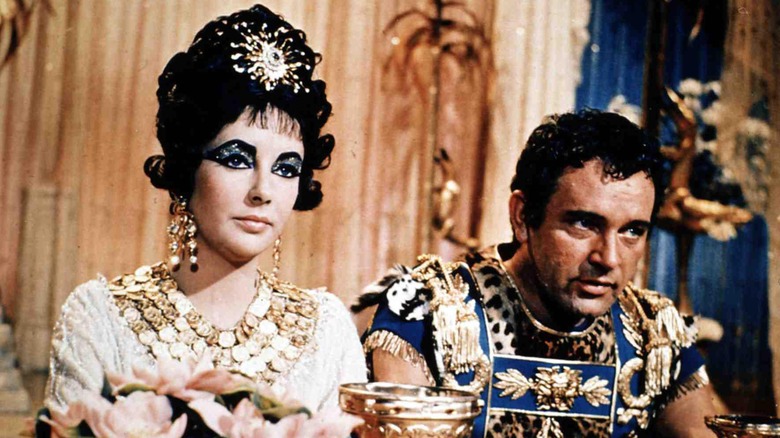
How Historically Accurate Is 1963's Cleopatra?
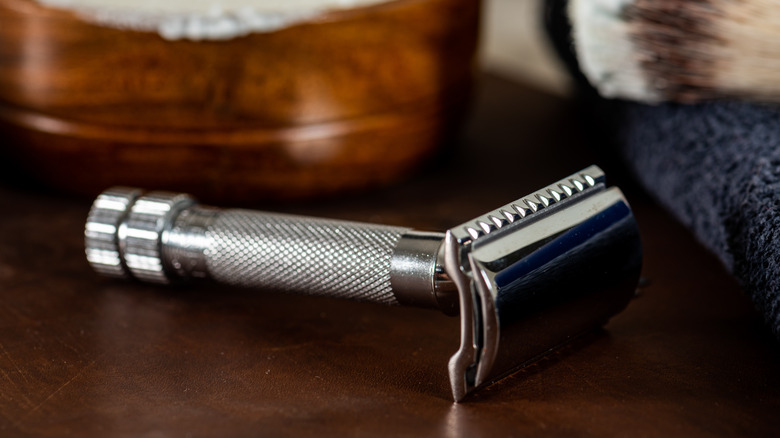
The Real Reason Your Walls Might Be Full Of Razor Blades
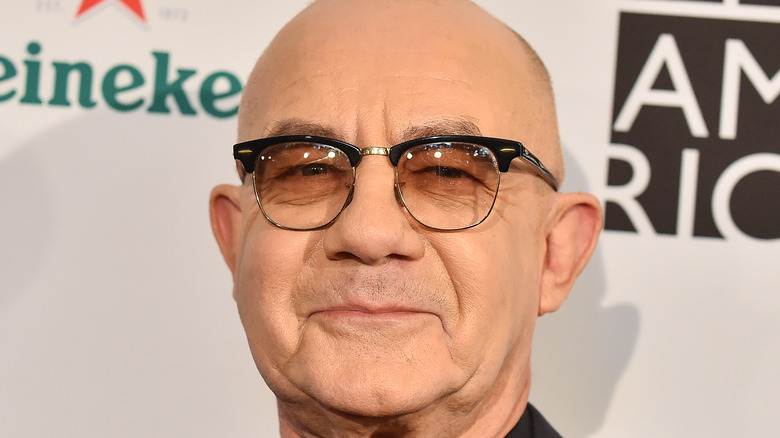
How Much Bernie Taupin Is Really Worth
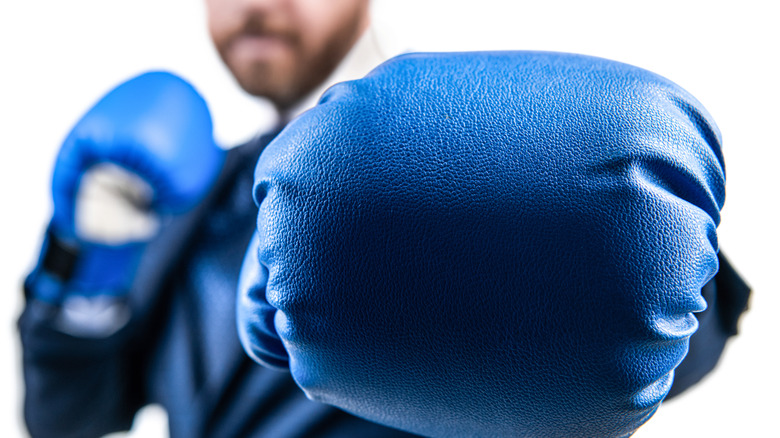
These Are The Long-Term Effects Of Being Knocked Out
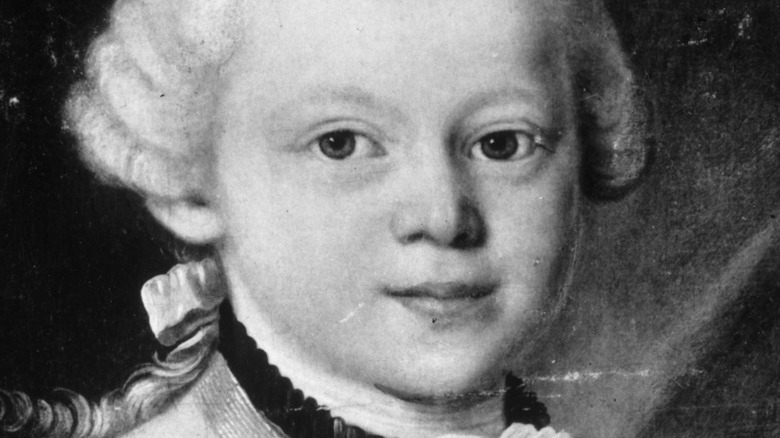
The Shady Truth About Mozart's Father
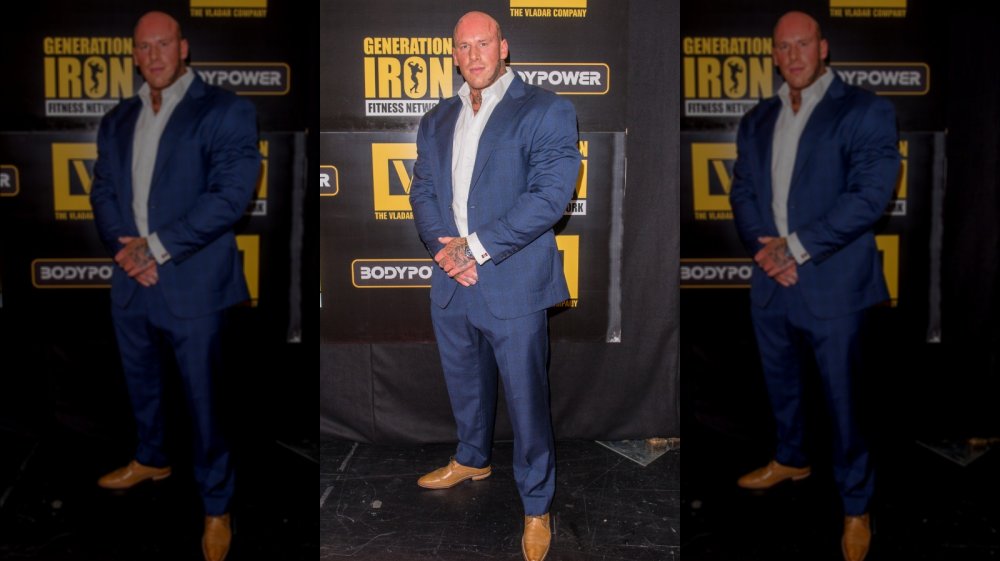
People Call This Bodybuilder The Scariest Man On The Planet
